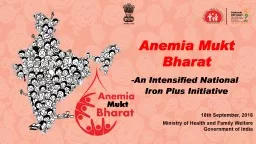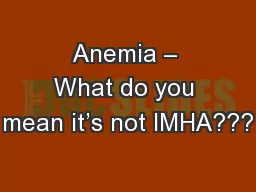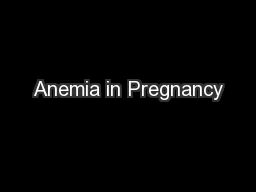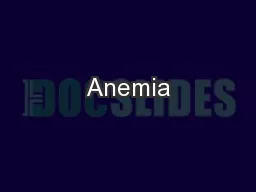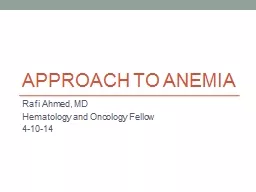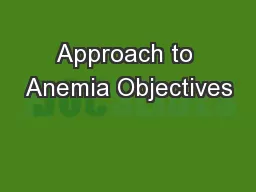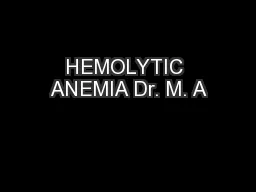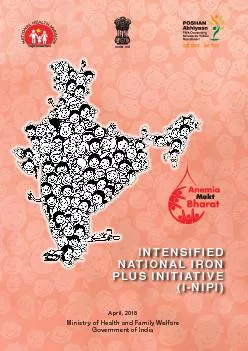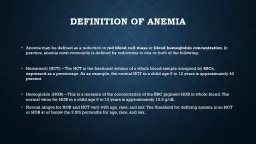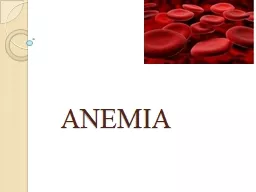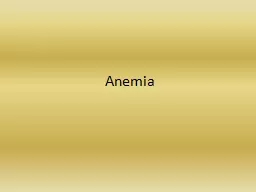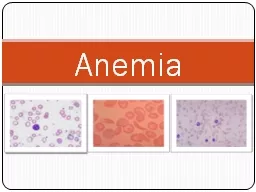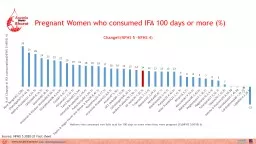PPT-Anemia Mukt Bharat -An Intensified National
Author : catherine | Published Date : 2022-02-14
Iron Plus Initiative 18th September 2018 Ministry of Health and Family Welfare Government of India 58 of children 659 months 54 of adolescent girls 1519 years
Presentation Embed Code
Download Presentation
Download Presentation The PPT/PDF document "Anemia Mukt Bharat -An Intensified Na..." is the property of its rightful owner. Permission is granted to download and print the materials on this website for personal, non-commercial use only, and to display it on your personal computer provided you do not modify the materials and that you retain all copyright notices contained in the materials. By downloading content from our website, you accept the terms of this agreement.
Anemia Mukt Bharat -An Intensified National: Transcript
Download Rules Of Document
"Anemia Mukt Bharat -An Intensified National"The content belongs to its owner. You may download and print it for personal use, without modification, and keep all copyright notices. By downloading, you agree to these terms.
Related Documents

